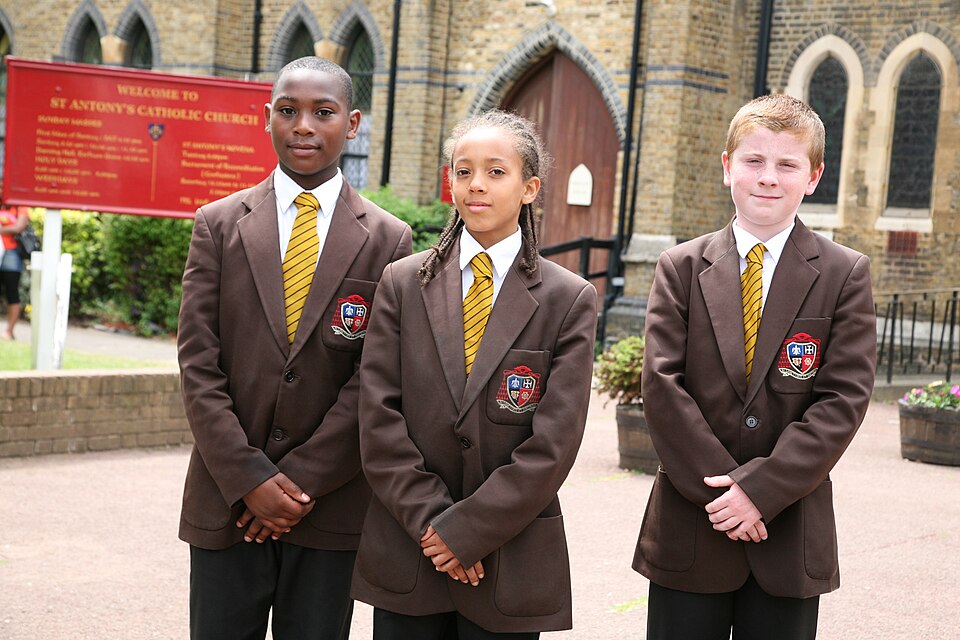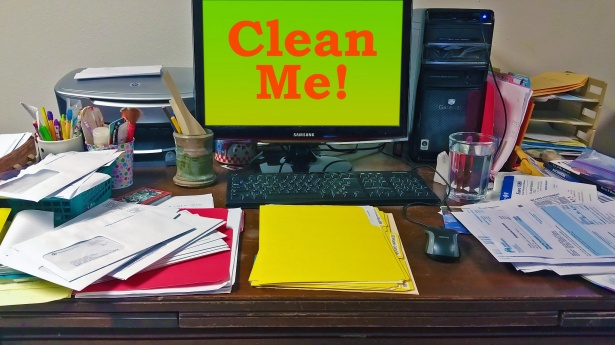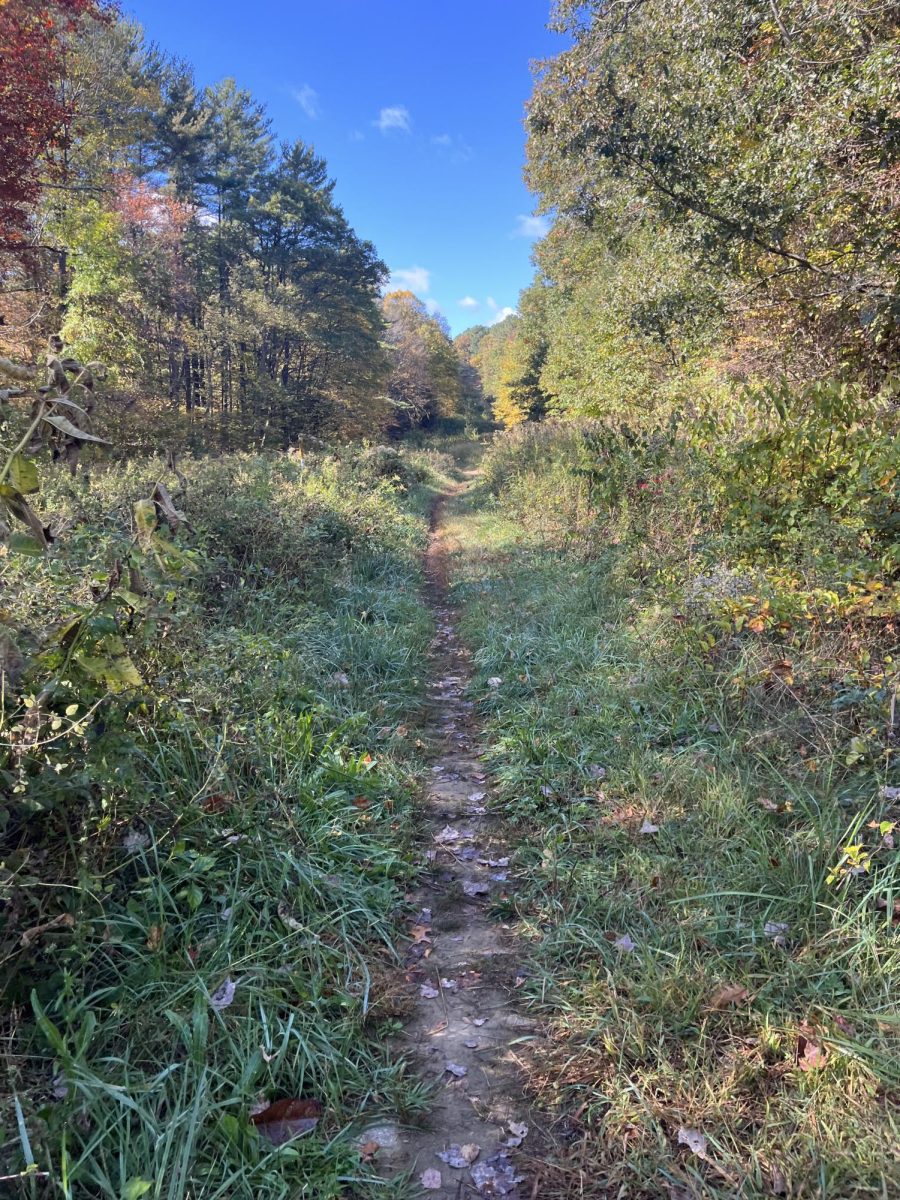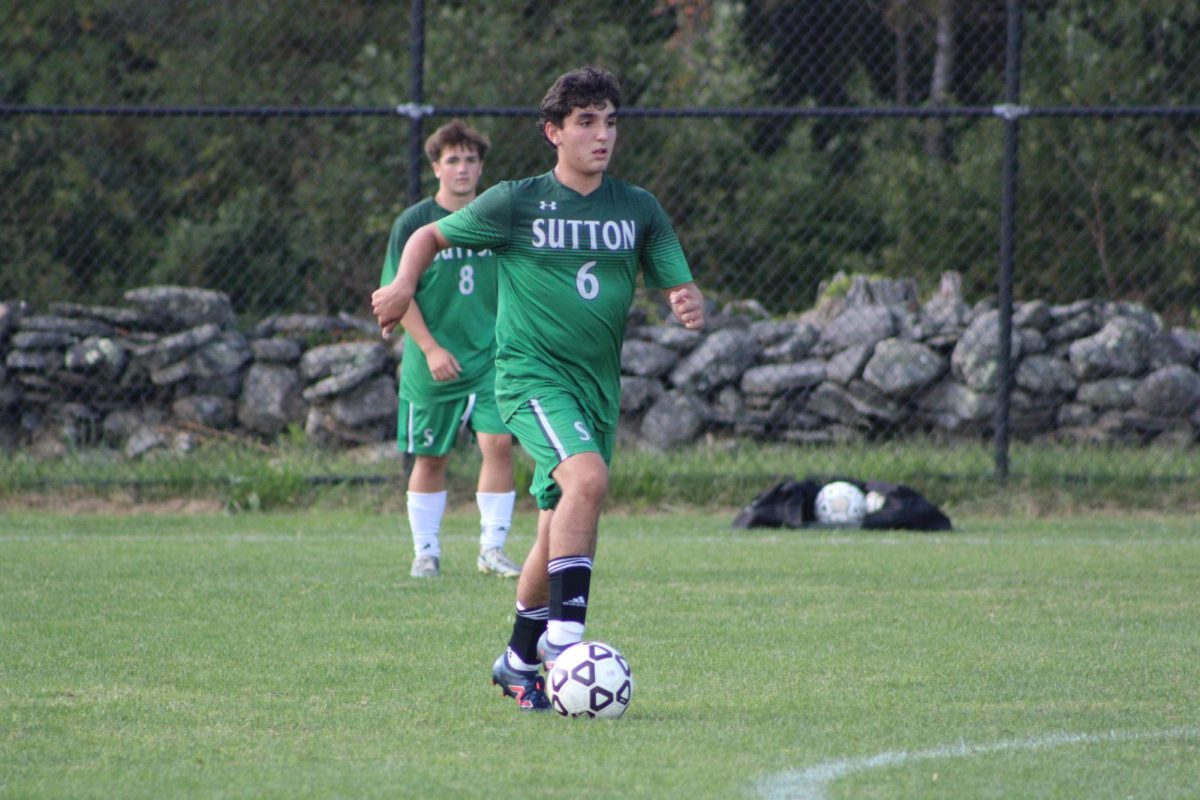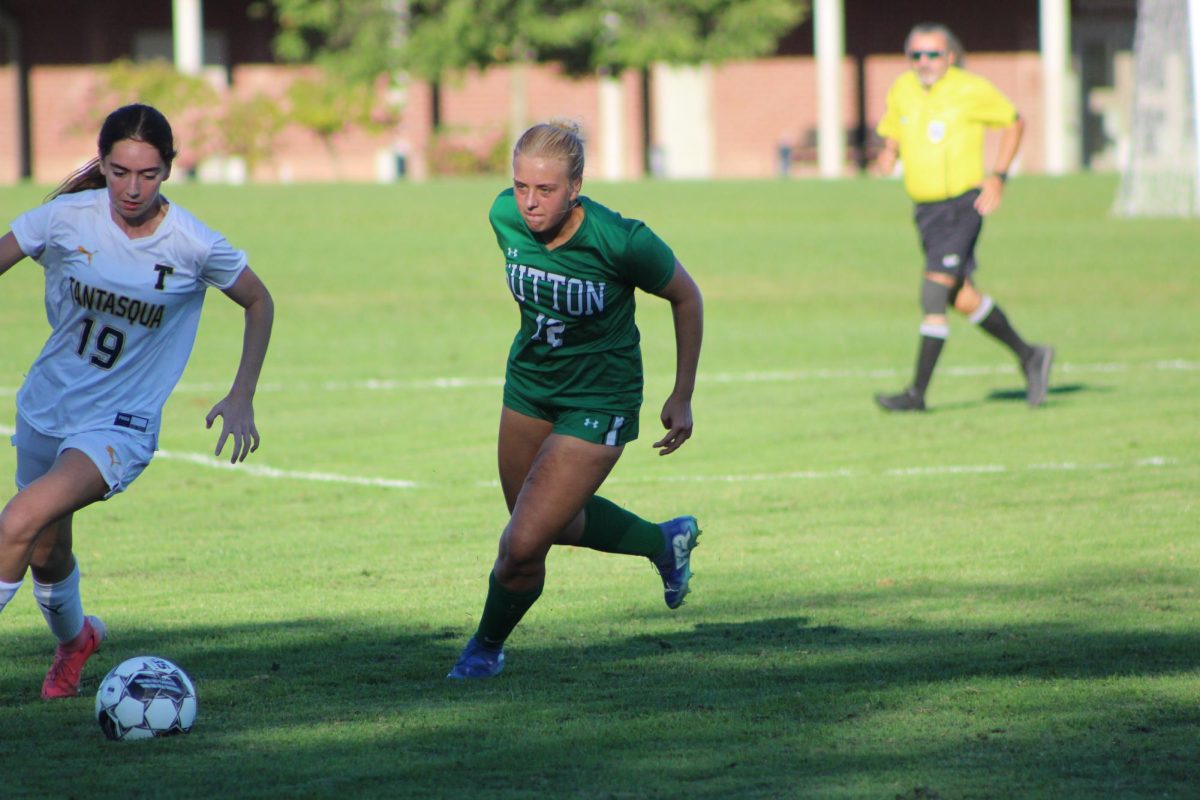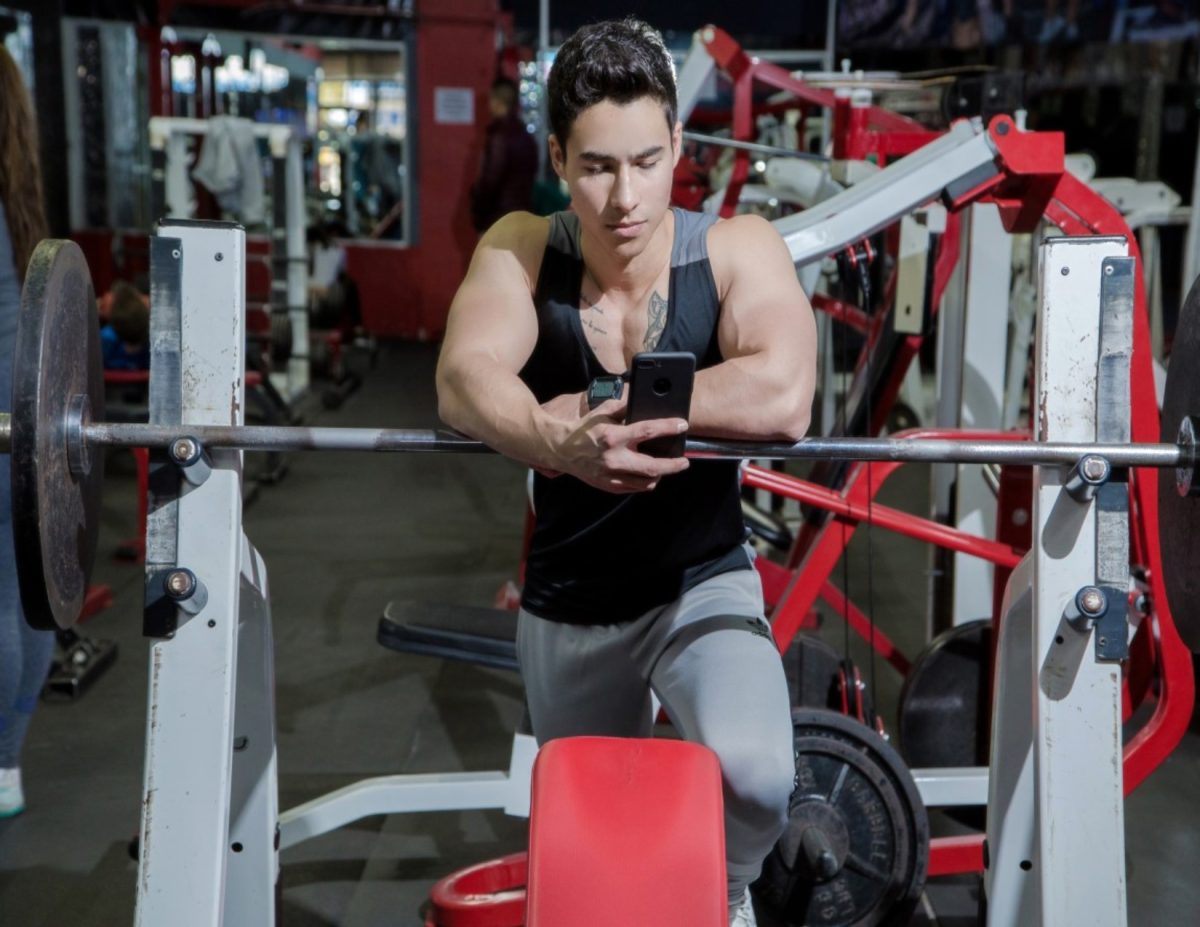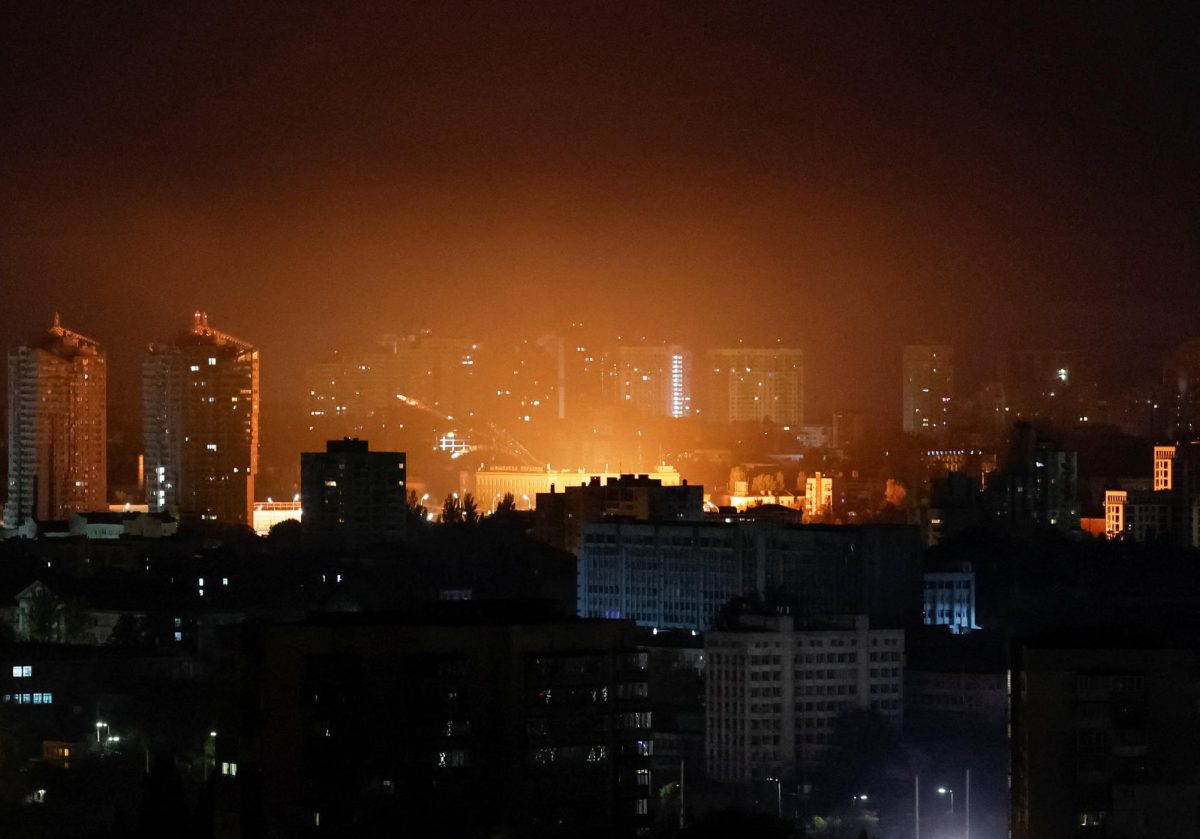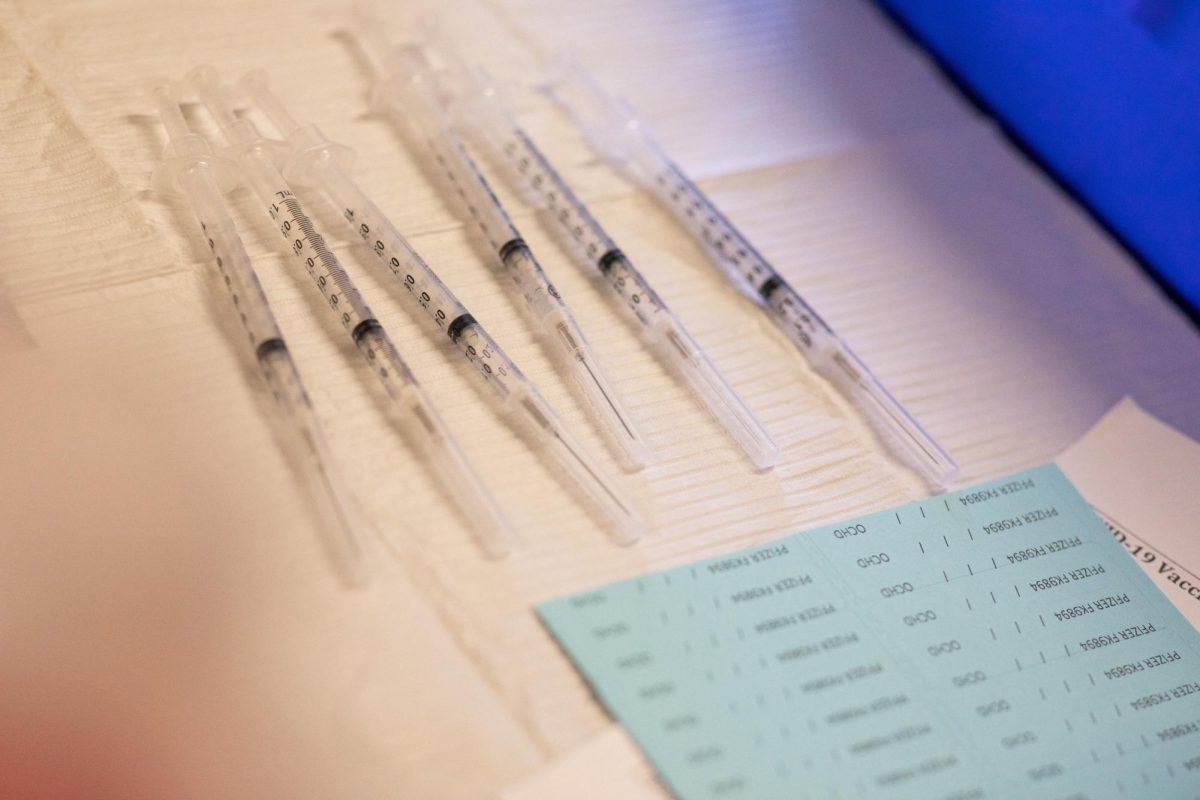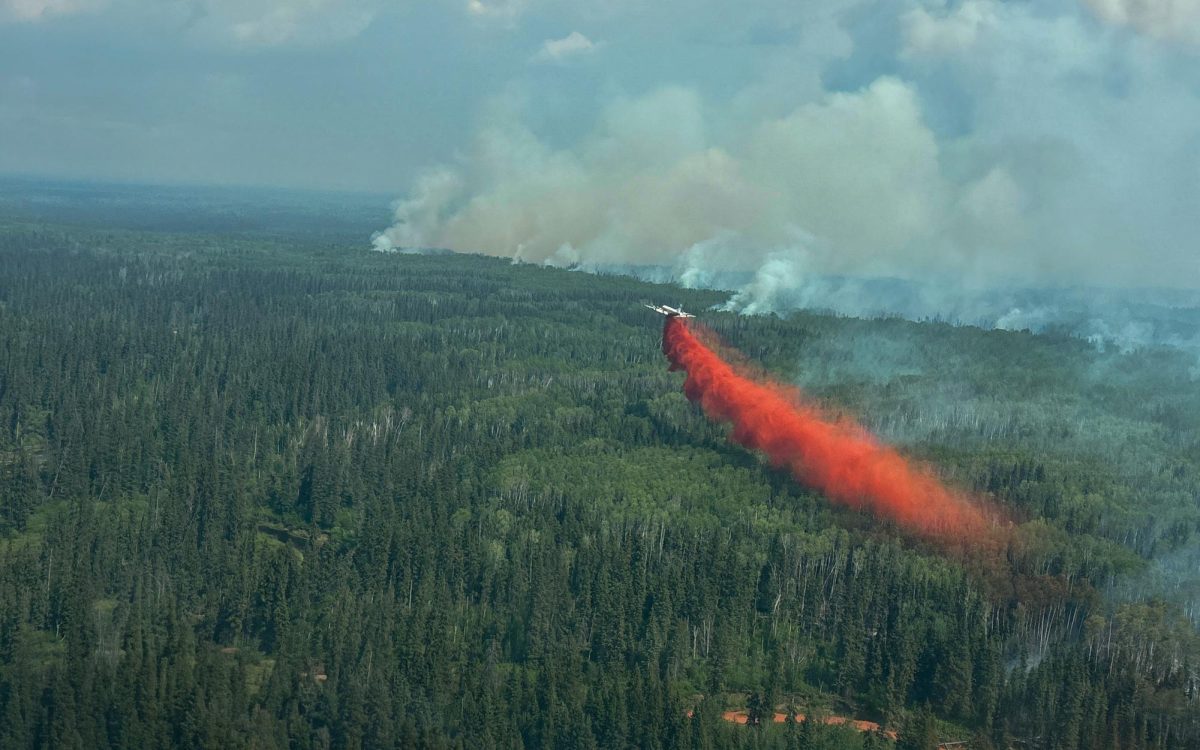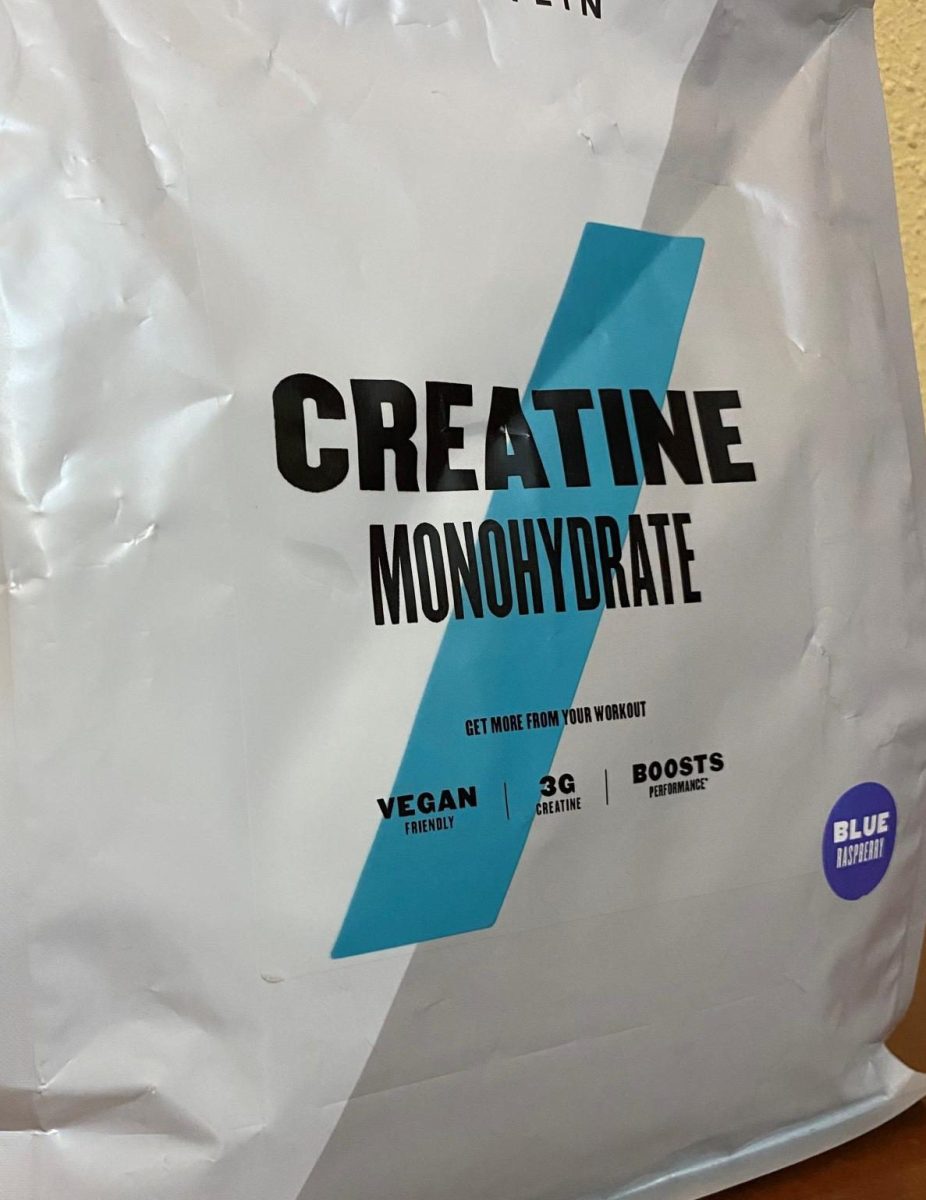Guns in School: An Eight Part Series About An American Problem
Let the conversation begin
June 5, 2023
Guns and school—I highly doubt you will find more than a handful of people that think those two subjects (guns, school) go together.
One is a means of self-defense, a way to hunt for food, a way for specially selected people to enforce laws, and a way to defend one’s country.
The other is an institution designed to instruct minds, to encourage learning and self-discovery, and to create a better, smarter, evolving society.
They really do not go together.
Except that they do.
Sadly.
As a kid, I never thought about guns and school together. Why would I? I went to school to learn. I have never hunted. I grew up in Central Washington, and like most of my friends, I was taught how to properly handle and shoot a gun. Other than enjoying 80s action movies, I had no desire to use a gun for anything than target practice.
Doing my student teaching in Northeastern Oregon, I daily read the school announcements at the start of second period. One common announcement from October to November was, “Students are reminded to leave their guns at home. There are no gun allowed on school grounds.” I never once thought that a student might bring a gun into the school. I knew that the guns on school grounds were sitting in gun racks mounted to the rear windows of trucks in the parking lot because several kids were going hunting after school. I read the announcement, but never thought about what if.
Never.
Then Columbine happened.
April 20, 1999, it all changed with the highest profile school shooting possible (we hope). Two seniors walked into that school armed for war and changed education forever.
They killed 12 students and one teacher.
They wounded 21 more.
They took their own lives.
Since then, teachers, students, parents, law enforcement officers, and more have to daily wonder if it will happen to them.
I believe we would all agree this is not how it should be, how we want it to be, or how education works best.
So, what do we do about it?
Here at SuttonHighNews, we decided to take a serious topic and look at eight different aspects of this very real American problem. Our goal? To share information, to look at facts, to inform, and to hopefully push the discussion into a positive, productive direction.
As a staff, we have various views on the subject, but we dedicated ourselves to looking at this with a fair, nuanced, all sides perspective. After reading our articles, you may feel we failed, and there may be ways that we could have done better, but we tried to be fair.
You are encouraged to remember that these are students trying to learn to address a difficult issue with integrity and an open mind. If you find fault, blame it on me as I should have done better instructing them. The mistakes belong to me.
Join us as we tackle this critical topic.
Tomorrow, Hunter looks at campus safety and how schools could be safer.
Wednesday, Cameron looks at gun control and regulation in the United States of America.
Thursday, Ben reviews the mental health crisis, how it affects everyone and especially those likely to commit acts of violence.
Friday, Kat takes the first look at guns in school. Should teachers be armed? Should there be police officers in every school? What do Americans say they want in polls?
Next week, Evan will look at how we train teachers for emergencies, Adrian shows us how we comfort the students and families that have lived through school shootings, Sarah talks about counseling for all students and medication when needed, and Matthew concludes with a look at the laws and what politicians are doing to protect students and civilian rights.
Read them all. Think about them. Talk about them with friends, family, and those that see differently. But please, talk about them. We have to be able to talk to each other about difficult subjects without turning into screaming hyenas.
We will change nothing without conversations.
Let the conversations begin.
